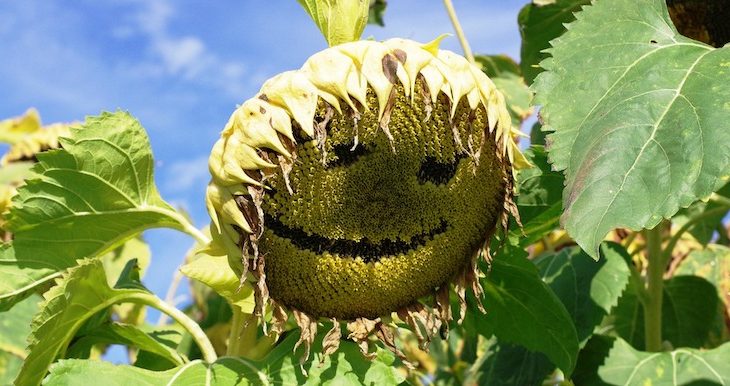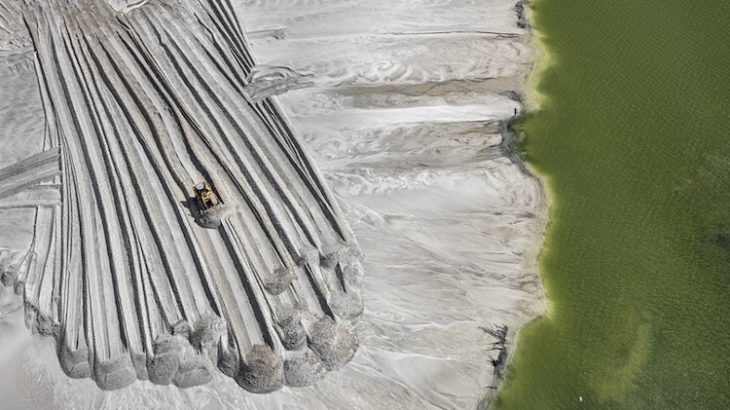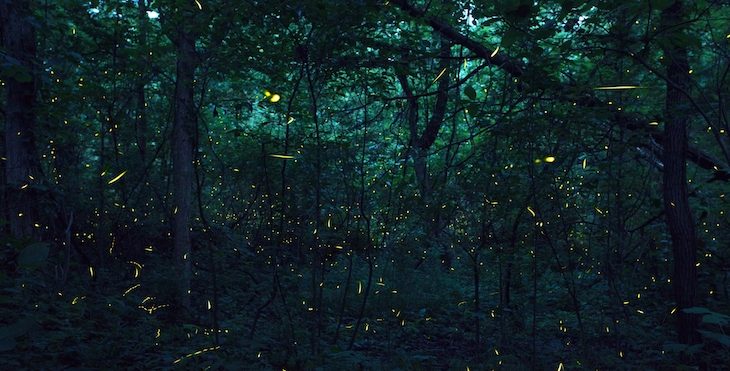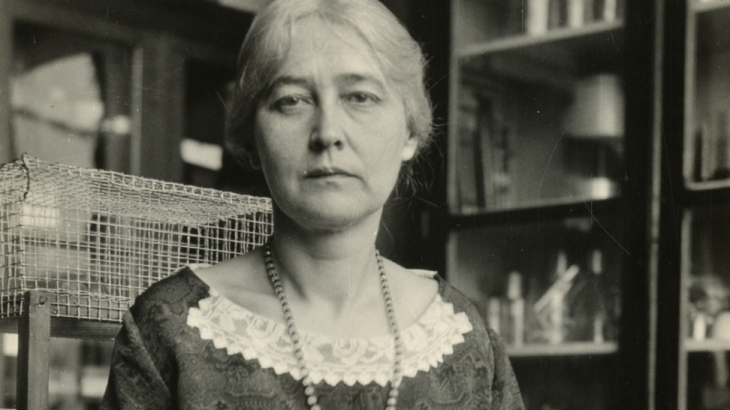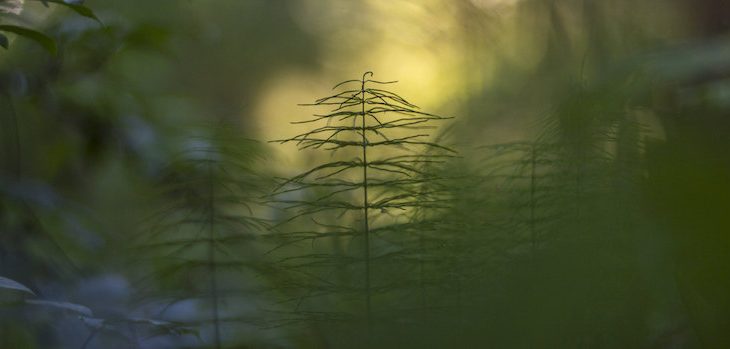
Hai Lin Wang, Nature Conservancy of Canada Alongside marshes and in forests and meadows lives a group of plants that are older than the dinosaurs. Called horsetails, these plants have had quite a trek through time. This group is also referred to as the Equisetum genus, a type of biological classification that contains all known […]

